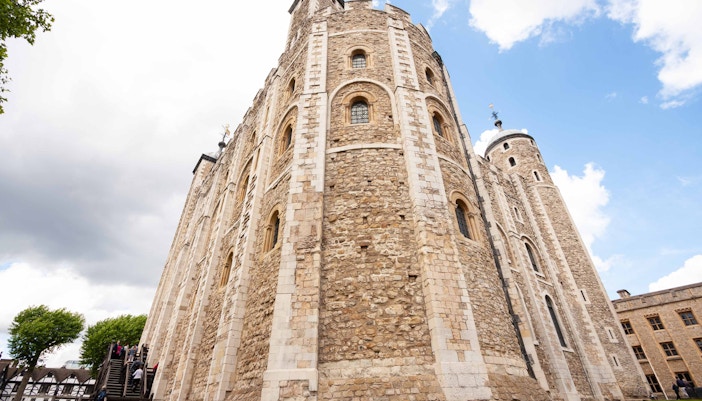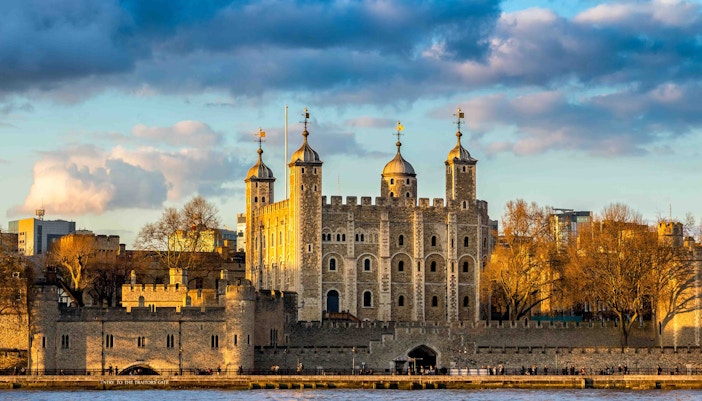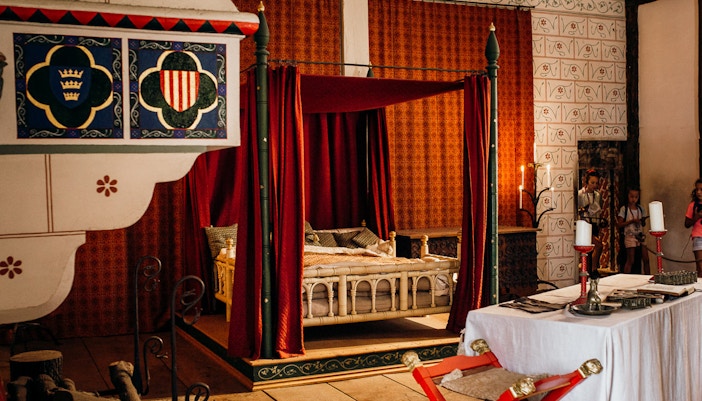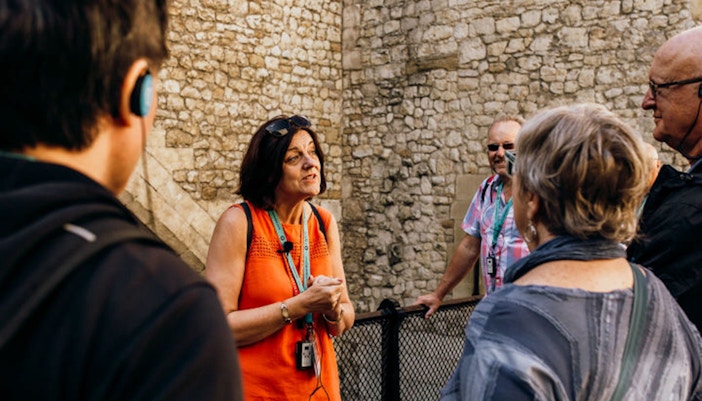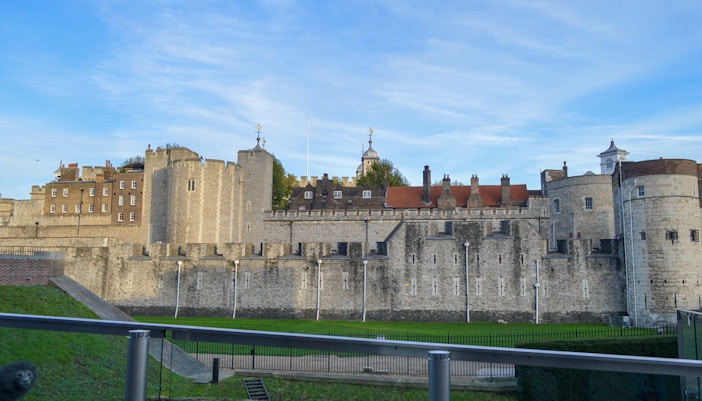Architecture of the Tower of London
The Tower of London is a masterpiece of medieval architecture, blending elements of Norman and Gothic styles. The White Tower, the original core of the complex, is a prime example of Norman architecture, with its imposing square shape, thick walls, and rounded arches.
As the Tower evolved, so did its architectural style. The addition of the inner and outer wards, with their Gothic features such as pointed arches and ribbed vaults, introduced a new level of sophistication and elegance. The Chapel of St. John the Evangelist, located within the White Tower, is a Norman building, while the chapel of St. Peter ad Vincula, in the inner ward, showcases a blend of Norman and Gothic styles.
The Tower's fortifications, including its imposing walls, constructed from Kentish ragstone and Caen stone, its deep moat, and strategically placed towers, were designed to protect the royal occupants and the nation's treasures.
